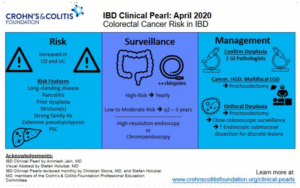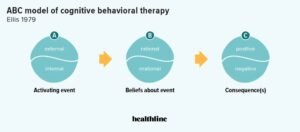Overview of Phorias and Tropias
Overview of Phorias and Tropias
Estimated Reading Time: 5 Minutes
Eye alignment issues, particularly in children, are quite common and often misunderstood. If you’ve ever interacted with someone who has strabismus (eye misalignment), you may have found yourself wondering which eye to focus on. These conditions, which include symptoms like diplopia (double vision), arise when the eyes fail to work together properly. Understanding eye motility problems is crucial for diagnosing and treating them.
Understanding Tropias
Tropias are a type of eye misalignment that is consistently visible, even when both eyes are open and attempting to work together. Unlike phorias, which may only appear under specific circumstances, tropias cause noticeable shifts in the eyes’ alignment. These misalignments are most evident when the eyes are at rest or when fusion (the ability of both eyes to work together) is disrupted.
What Are Phorias?
Phorias are subtle eye misalignments that typically become apparent when binocular vision is compromised. This occurs when the eyes are unable to focus on the same object at the same time. Unlike tropias, phorias are not always present and usually become noticeable when a person is tired or unable to compensate for the deviation. These misalignments are temporary and can be identified through specific eye exams.
Examples of Phoria and Tropia Misalignments
To better understand the difference between phorias and tropias, imagine two individuals visiting an eye care specialist with complaints of double vision. One person may experience double vision and have a consistently turned-in eye that remains crossed toward the nose. This individual is likely experiencing a tropia. Another person might report feeling eye strain and occasional double vision, especially after long periods of reading or watching TV. This is more likely a case of phoria, which tends to emerge when the individual is fatigued and unable to compensate for the misalignment.
Types of Eye Misalignments
Eye doctors categorize both phorias and tropias based on the direction of the eye’s deviation, including:
-
Exotropia (or Exophoria): Eye turns outward
-
Esotropia (or Esophoria): Eye turns inward
-
Hypertropia (or Hyperphoria): Eye turns upward
-
Hypotropia (or Hypophoria): Eye turns downward
These misalignments can also be categorized based on the eye affected (left or right) or whether they are intermittent or constant.
What Causes Phorias and Tropias?
Several factors can contribute to phorias and tropias, with one of the most common causes being hyperopia (farsightedness). In children, untreated farsightedness can force the eyes to work harder to focus, leading to an inward turn of the eyes (esotropia). This condition, known as accommodative esotropia, typically becomes noticeable when a child is trying to focus on distant objects. If left untreated, hyperopia can lead to the development of phorias and tropias.
How Are Phorias and Tropias Diagnosed?
An eye doctor can diagnose phorias and tropias through a series of tests that assess the alignment of the eyes. During a cover-uncover test, the doctor alternately covers and uncovers each eye while the patient focuses on a target. If the uncovered eye moves to compensate for the covered eye, it indicates the presence of a phoria. A large, noticeable shift during this test may suggest a tropia.
Can a Phoria Lead to a Tropia?
Yes, a pre-existing phoria can evolve into a tropia, especially if the degree of misalignment is significant. Individuals with large phorias may be able to compensate for the misalignment most of the time, but fatigue or stress can make it difficult for them to maintain proper eye alignment. In such cases, the phoria may turn into a tropia.
Key Takeaways
-
Phorias and tropias are both forms of eye misalignment, but they differ in terms of visibility and cause.
-
Tropias are more noticeable, while phorias often emerge when binocular vision is disrupted.
-
Hyperopia (farsightedness) is a common underlying cause of these conditions, especially in children.
-
Early diagnosis and treatment by an eye care professional are essential for managing these conditions.
If you’re concerned about eye alignment issues, it’s important to consult with an eye specialist to get a proper diagnosis and appropriate treatment.







